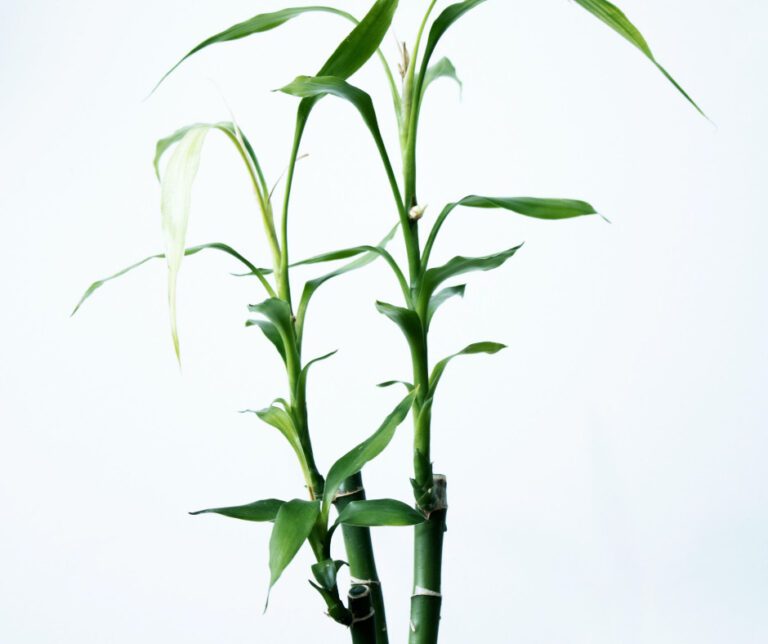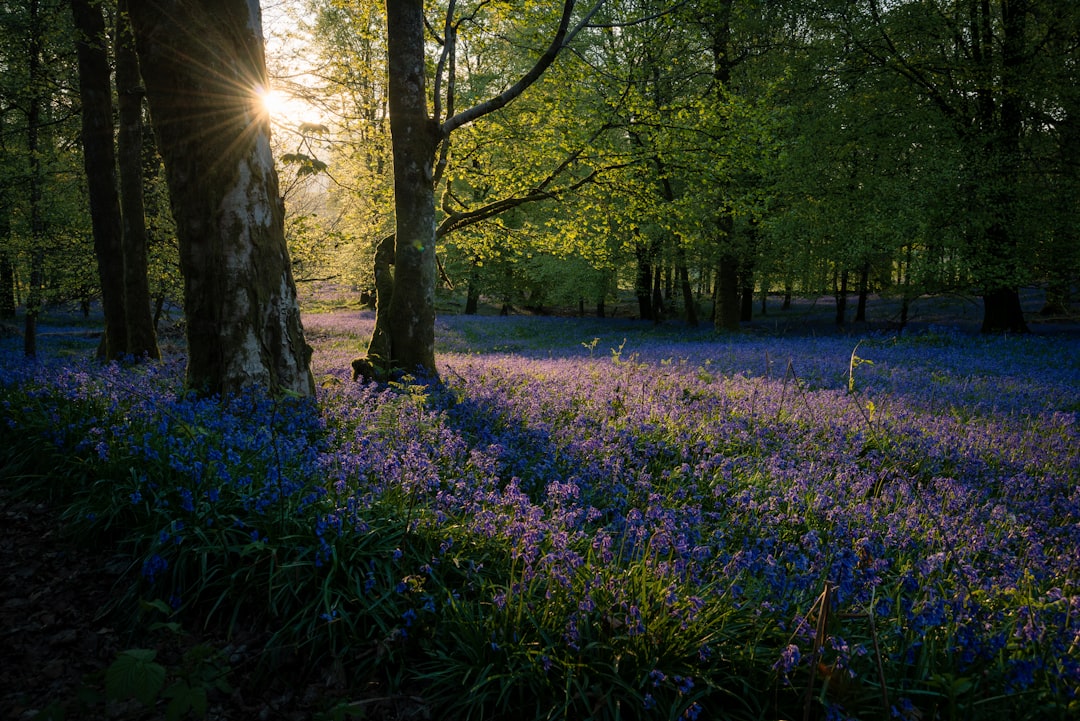April Showers Bring Bamboo Flowers

Bamboo flowering, a remarkable natural event, holds great significance in the realm of botany. While there are over 1,600 species of bamboo found worldwide, it is interesting to note that bamboo does not naturally occur in Europe or Antarctica, emphasizing its prevalence in various regions. For instance, in China, which is renowned for its diverse flora, bamboo thrives abundantly, showcasing a rich variety of genera and species. This concentration of bamboo in China underscores the country’s pivotal role in the distribution and cultivation of this versatile plant.
The unique flowering patterns and life cycle of bamboo have garnered attention from scientists and researchers globally. The process of bamboo flowering can have adverse effects on agriculture and livelihoods, sometimes leading to severe consequences such as famines. This phenomenon has prompted extensive study and analysis to better understand the genetic and environmental factors influencing bamboo flowering, aiming to predict and manage these occurrences effectively. An example of such an impact can be seen in certain regions where bamboo flowering has resulted in food shortages, emphasizing the need for sustainable management practices and conservation efforts to mitigate these challenges.
The Unique Phenomenon of Bamboo Flowering
The flowering of bamboo plants in response to environmental factors like April showers is a fascinating phenomenon that showcases the interconnectedness between nature and seasonal changes. This natural process not only adds beauty to landscapes but also plays a vital role in the survival and growth of bamboo species. Specific types of bamboo plants, such as Bambusa tulda and Dendrocalamus strictus, are known to flower in response to increased rainfall, making them prime examples of how April showers can trigger flowering in bamboo.
Understanding the impact of April showers on the growth and flowering of bamboo plants is essential for effective bamboo forest management. The increased precipitation during April provides the necessary moisture for bamboo plants to bloom, kickstarting their reproductive phase. This cycle of flowering and regeneration is crucial for maintaining the ecological balance of bamboo forests and sustaining their resources for various industries and communities. By comprehending how April showers influence bamboo flowering, conservation efforts can be better tailored to preserve these unique plants and their diverse ecosystems.
Impacts of Bamboo Flowering
The impacts of bamboo flowering are far-reaching, affecting not only ecological systems but also societal and economic spheres. When bamboo plants flower, it can have detrimental effects on livelihoods and agriculture, sometimes resulting in famines, underscoring the critical need for comprehensive management strategies. For instance, in parts of Southeast Asia, the synchronous flowering of certain bamboo species has caused food shortages and economic challenges for communities reliant on bamboo resources.
The phenomenon of bamboo flowering has garnered significant attention from the scientific community due to its unique life history and profound influence on local populations. By studying the patterns of bamboo flowering, researchers aim to unravel the genetic and environmental factors that trigger these events, leading to a better understanding of how to mitigate the negative consequences on agriculture and livelihoods. This research not only aids in predicting future flowering cycles but also contributes to the development of sustainable practices for managing bamboo forests post-flowering, ensuring the continuity of these valuable ecosystems.
The Bamboo Flowering Cycle
The bamboo flowering cycle is a complex and fascinating process that plays a crucial role in the life of these unique plants. Researchers have identified different types of bamboo flowering patterns, such as sporadic, massive synchronized, combined massive synchronized and sporadic, and partial flowering types. For example, in the case of sporadic flowering, individual bamboo plants within a species may bloom at different times, leading to a scattered flowering pattern across the population. On the other hand, massive synchronized flowering events involve an entire population of bamboo plants flowering simultaneously, creating a breathtaking natural spectacle.
The regeneration of flowering bamboo forests is a key aspect of the bamboo life cycle. Bamboo plants can reproduce through both sexual and asexual means, allowing them to recover and thrive even after extensive flowering events. For instance, some bamboo species produce seeds as part of their sexual reproduction, ensuring genetic diversity within the population. In contrast, asexual reproduction through rhizomes and buds enables bamboo to spread rapidly and colonize new areas, showcasing the adaptability and resilience of these plants in the face of environmental changes. Understanding these mechanisms of bamboo regeneration is vital for conserving and managing bamboo forests effectively, ensuring their long-term sustainability and ecological significance.
Practical Applications of Bamboo Flowers
Bamboo flowers offer a wide array of practical applications that span across different industries. One of the significant sectors where bamboo flowers are utilized is in cosmetics. The unique properties found in specific types of bamboo flowers make them ideal for cosmetic products. For instance, the delicate scent produced by certain bamboo flowers is harnessed to create fragrances for perfumes, lotions, and other beauty items. This not only adds a natural essence to the products but also caters to consumers looking for eco-friendly and sustainable options in the beauty industry.
The field of herbal medicine also benefits from the practical uses of bamboo flowers. Certain species of bamboo flowers contain compounds that hold medicinal properties. These flowers are incorporated into traditional remedies and herbal formulations for various health purposes. Research into bamboo flower extracts continues to unveil their potential health benefits, paving the way for the development of new herbal medicines and natural supplements. This demonstrates the versatility of bamboo flowers beyond their aesthetic appeal, as they contribute to the advancement of alternative medicine and wellness practices.
The Importance of Understanding Bamboo Flowering
Preserving bamboo species and understanding their flowering patterns are vital not just for ecological balance but also for sustainable resource management. By recognizing the unique flowering cycles of bamboo, conservation efforts can be tailored to protect these valuable plants effectively. By having a deep understanding of bamboo flowering aids in predicting flowering times accurately, conservationists can implement timely interventions to safeguard bamboo populations from potential threats.
Ongoing research on bamboo flowering is fundamental for developing innovative conservation strategies and maximizing the benefits derived from these remarkable plants. For instance, studying the specific genetic and environmental factors that trigger bamboo flowering can lead to the creation of targeted solutions to preserve diverse bamboo species. This in-depth knowledge can facilitate the cultivation of bamboo forests, ensuring their long-term sustainability and enhancing their ecological contributions to various ecosystems.
Few plants offer the strength and beauty that bamboo does. It is truly a plant of emmaculate design.
Learn More about the uses for bambooWe are dedicated to the promotion and use of bamboo throughout the world. Bamboo is a plant that offers limitless potential for the future. It offers us strength, sustainability, versatility, and a green alternative.

Bamboo Grove on Twitter
Bamboo Grove YouTube Channel
Moline, IL
info@bamboogrove.com